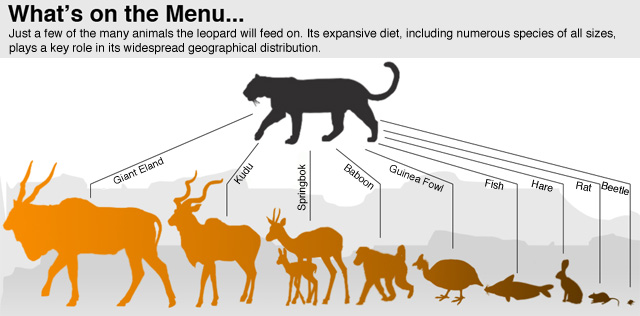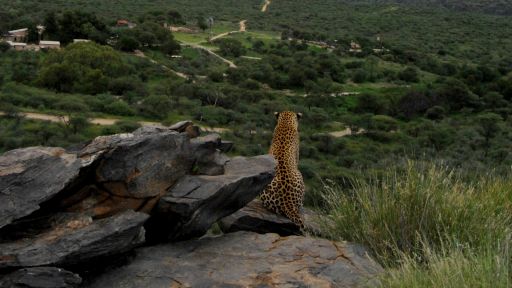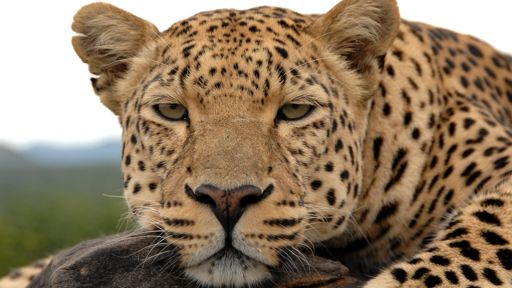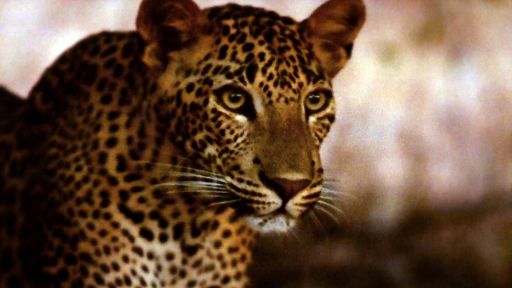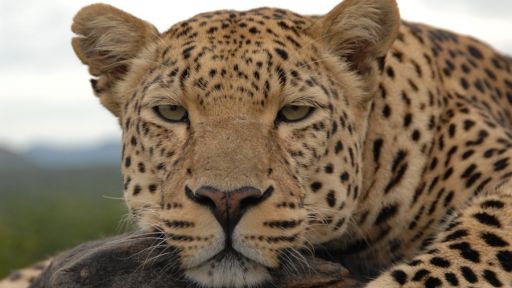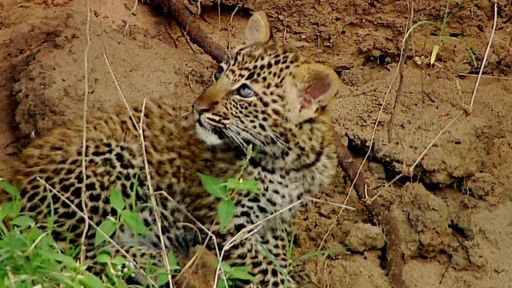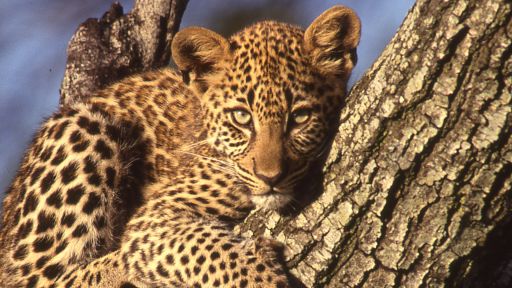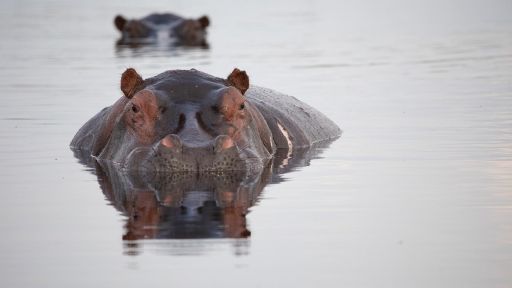Leopards are not picky when it comes to their diet, eating over ninety different species. While the carnivore’s preferred food sources are ungulates like antelope, gazelles, and impalas, they feed on many animals that might surprise us. Baboons, hares, rodents, birds, lizards, porcupines, warthogs, fish, and dung beetles are all part of the leopard’s extensive menu. This eclectic diet has helped leopards survive in areas where other large cat populations have diminished. When food is scarce, leopards will hunt less desirable, but more abundant prey. This flexibility also enables the big cat to thrive in a variety of ecological settings, adapting its taste buds and hunting techniques to match whatever food sources are native to that particular region.
In the grasslands of a savannah, where the leopard is most commonly found, its primary prey is medium-sized ungulates, though by no means is that the only type of animal it devours. In mountain regions, a leopard will often feed on rock hyrax, an animal that resembles a guinea pig, and also on porcupines. In a rainforest habitat, a leopard will feed mostly on small antelopes or small primates. On Mount Kilimanjaro, leopards feed primarily on rodents. Interestingly, leopards populating islands generally survive on fish.
The leopard’s hunting style is quintessentially feline. It is a patient stalker, relying on stealth and camouflage. Its rosette-patterned coat blends with the landscape so it can pounce from short distances, leaving its prey little time to react. And although it has a relatively small body, a leopard can pursue prey larger than itself, a result of its skull shape that provides incredibly powerful jaw muscles. A leopard will kill larger prey by suffocating the animal with a bite to the neck. However, it can adjust its hunting style to the task at hand. Dung beetles are defeated with one fast paw swat. Since remaining undetected is key for the leopard, it does most of its hunting at night, relying on nocturnal vision; but they will also hunt during the day – giving them access to a wide range of animals.
If confronted, a leopard will often sacrifice its food rather than fight for it. But athleticism and climbing ability sometimes help prevent a leopard from losing its kill to other predators like lions and hyenas. Almost immediately after a successful kill, using its strength and strong jaw, a leopard will carry the animal up a tree, away from where other scavengers can get to it. Leopards have been known to carry giraffe calves weighing an estimated 275 lb – 2 to 3 times its size.

